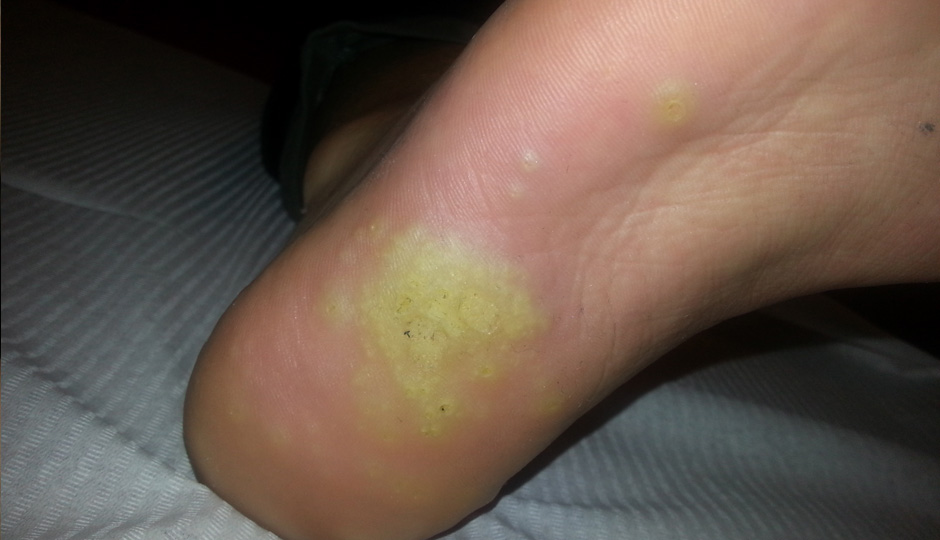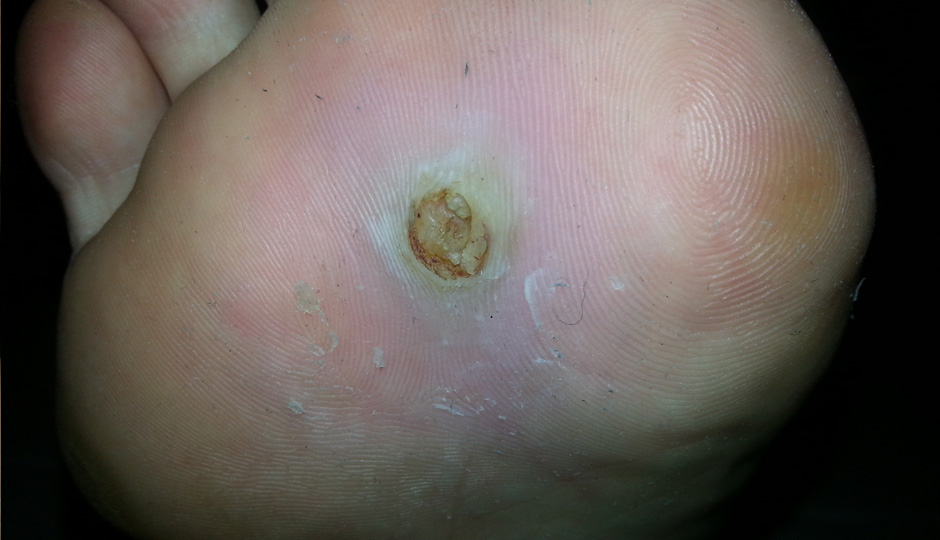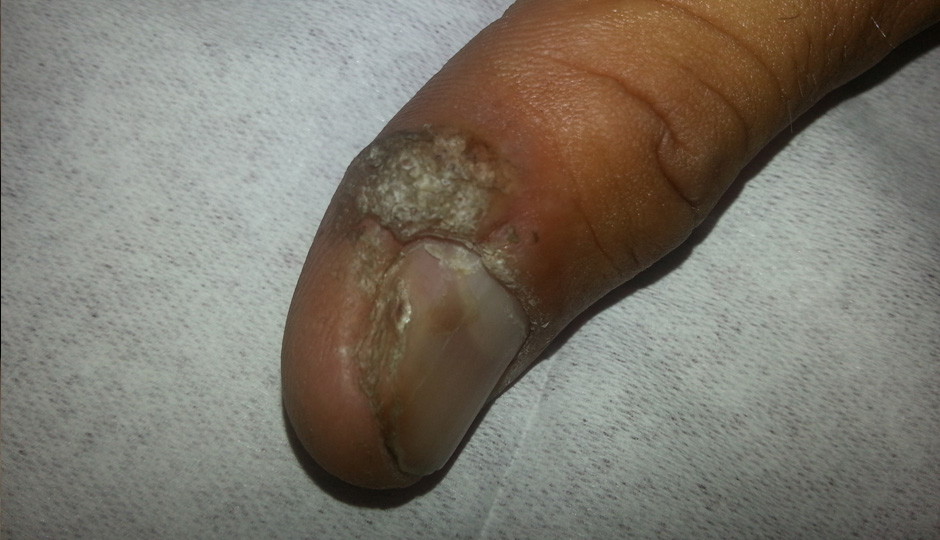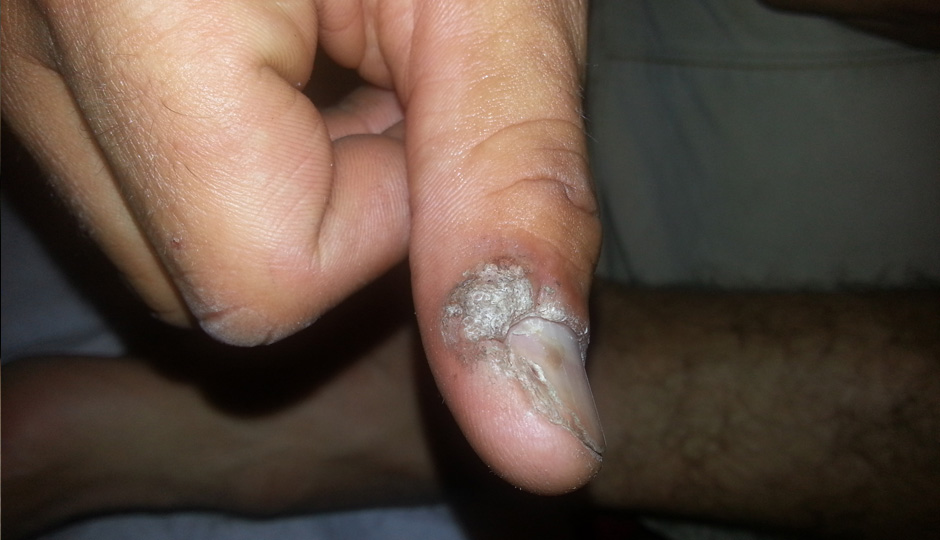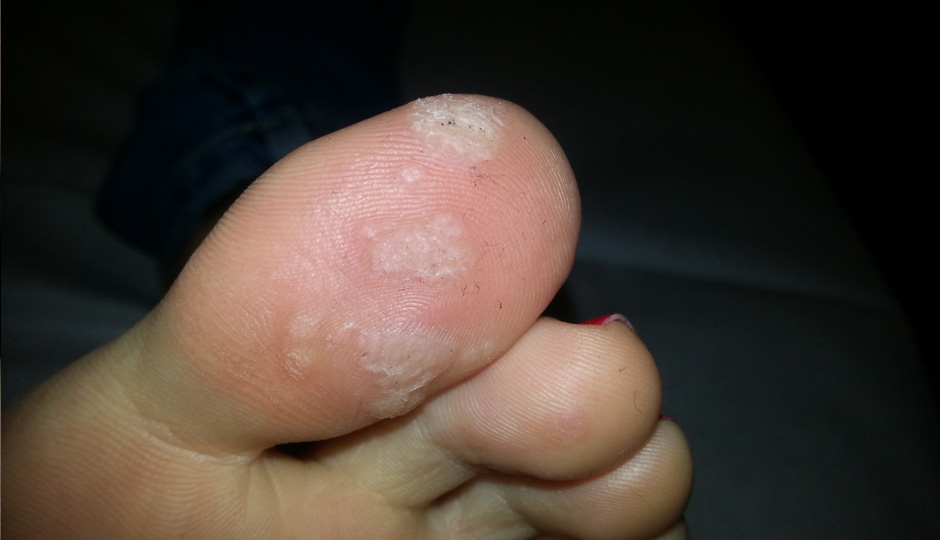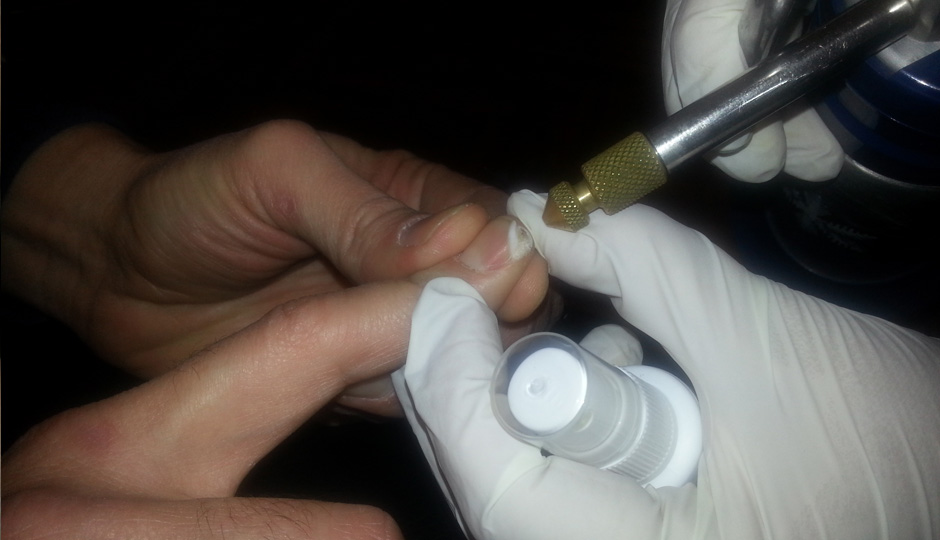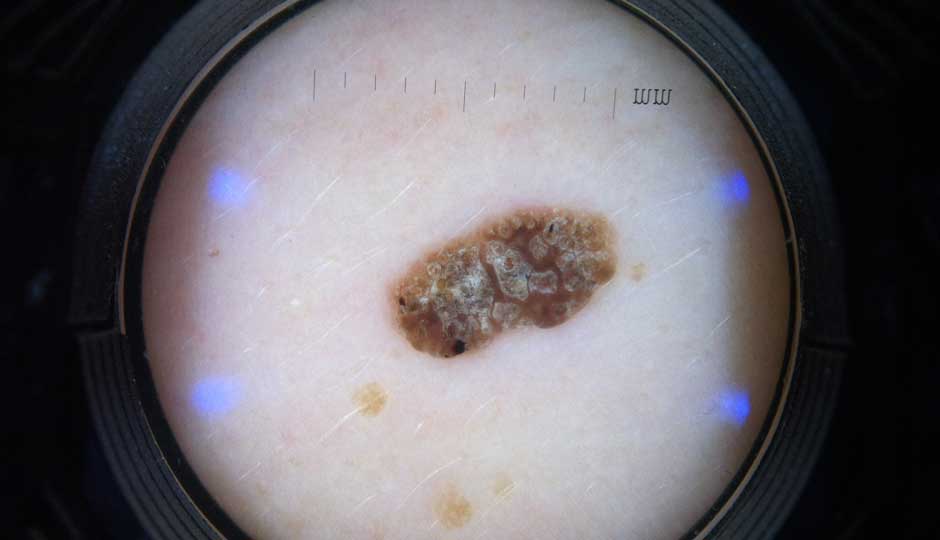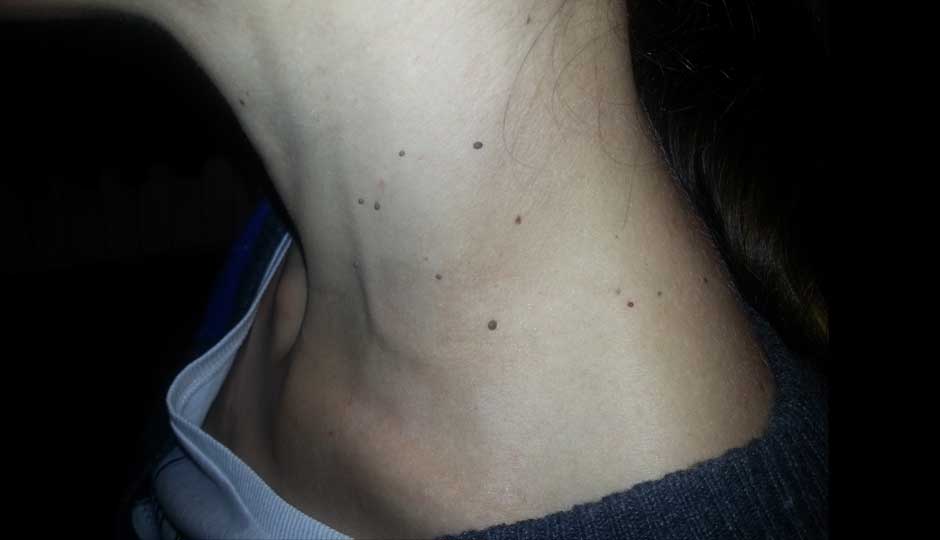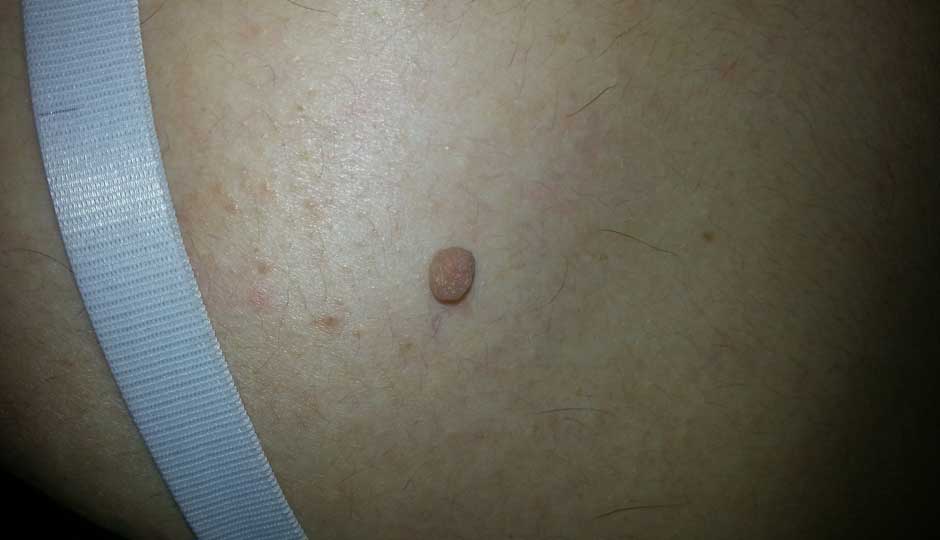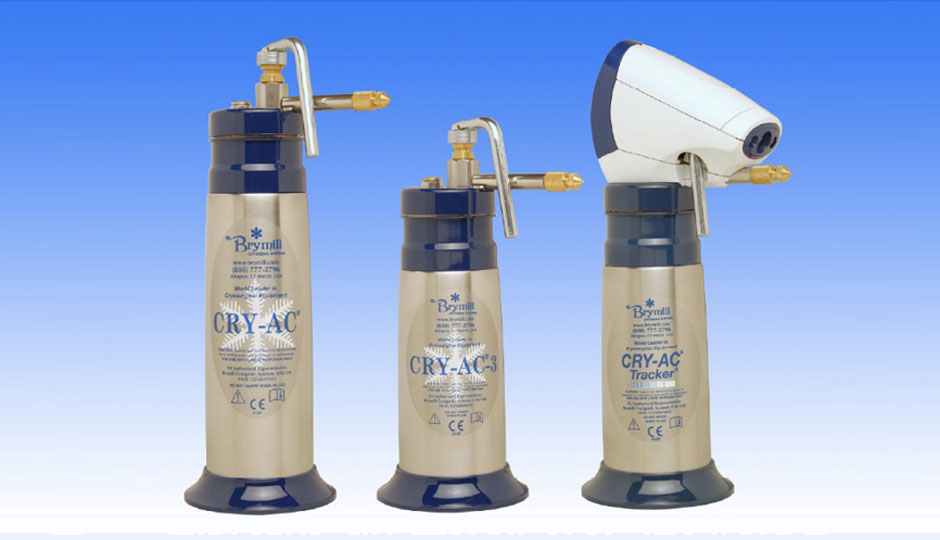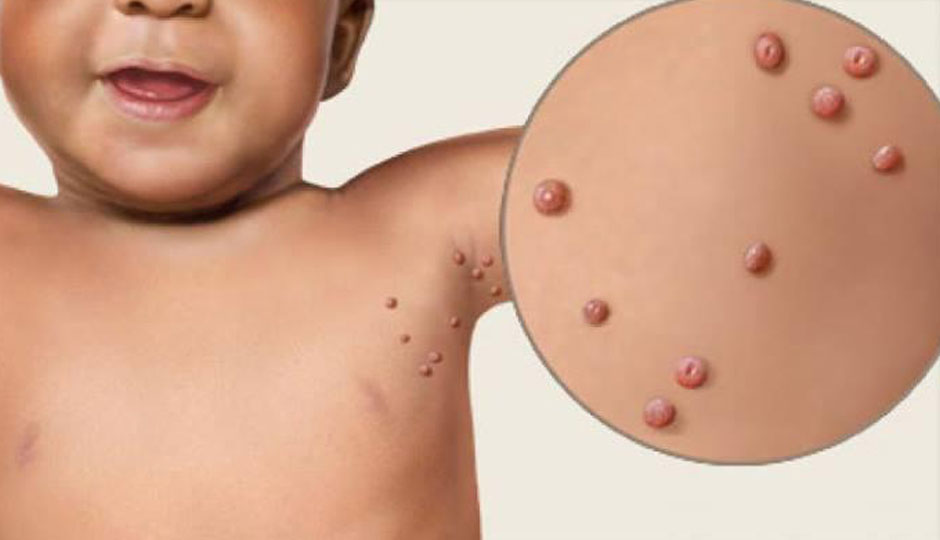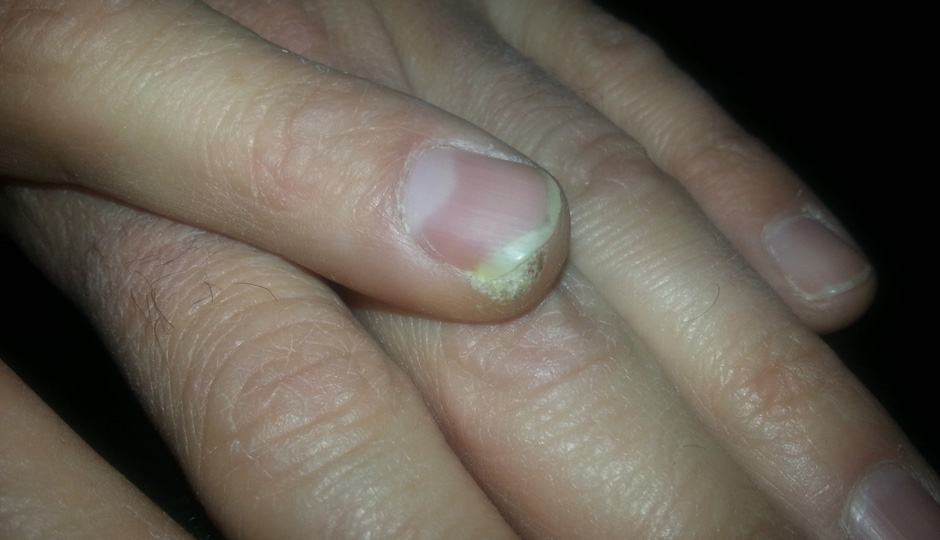
Removal of warts – Warts are benign changes on the skin and mucous membranes caused by different types of human papillomavirus. They appear in the form of ordinary warty growths with a rough surface, and sometimes they can have a filiform appearance with a thin base attached to the skin. They usually occur in places of microtrauma.
Warts are contagious and if not treated, they can be transmitted from person to person, and even in one person, they can be found in several different places due to the transmission of the virus from one place on the skin to another. This form of transmission is called autoinoculation. Warts should never be scratched as this could encourage their spread.
Types of warts
Dependences on the virus that causes warts are divided into
- verrucae vulgaris – common classic warts that can appear anywhere on the face and body. They have a rough, horny surface, and they can be brown. They can grow up to 2.5 cm in width, and they can be connected. They occur most often in children, especially on the hands.
- verrucae plane – another type of wart common in children. They manifest as flattened papules with a diameter of 1 to 5 mm, the color of normal skin or light brown, and localized on the face, chin and dorsums of the hands.
- verrucae plantares – warts that appear on the feet (soles) often have a mosaic appearance and are very painful when walking
- papillomas – benign skin-colored or pigmented growths that occur more often in obese people in the neck, armpit and groin area
- condylomata (condylomata acuminata) – genital warts that appear in the region of the genitals and are sexually transmitted
Removal of warts
The problem of warts on the skin is most common among school-aged children, although they also occur in adults. Warts are contagious and to prevent their further spread it is necessary to remove them in time. Warts can sometimes go away without treatment, however, they usually persist and expand.
Warts are removed by different methods (cryotherapy, surgical laser, radio waves, cautery…). The method of choice for removing warts is individual and depends on the type of warts being removed.
Laser removal of warts is a good method, however, we do not have an accurate overview of the depth to which we operated and whether we destroyed the edges during the intervention, because they look relatively healthy, and in them there are virus particles that are undoubtedly the cause of recurrence (reappearance of warts). Laser wart removal is painful, requires anesthesia and leaves scars.
Removing warts with radio waves is a very unpleasant and painful method that requires the use of anesthetics, and as a result of removing warts with radio waves, ugly scars often remain.
The most effective removal of warts – CRYOTHERAPY
Cryotherapy is generally singled out as the method of choice for removing warts because it is fast, painless, effective and financially the most favorable, and it is the only method by which warts are removed without scarring.
For the removal of warts with cryotherapy, only one intervention is generally sufficient, except for warts on the soles of the feet, where the therapy must be repeated. The use of the most modern Brymill apparatus with different types of applicators allows liquid nitrogen to be applied with high control and precision, without damaging the surrounding healthy skin.
SkinCare Center therapists have undergone training for the application of cryotherapy in medical care and have a Brymill certificate.
Avoid contact with infected warts. If you have them, wear waterproof plasters in public showers, swimming pools, public toilets, gyms and similar places to avoid infecting others.

